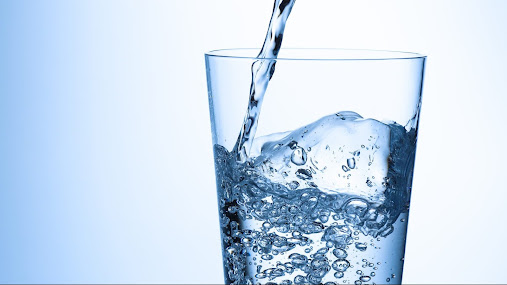A Guide to Under Counter Water Filters
Want the best under counter water filter? Of course, you do. Your family deserves it. But, you have to shop very carefully for under counter water filters or you may spend more, while getting less protection.
If you have publicly treated water, then the presence of certain contaminants is pretty much guaranteed. The most popular treatment method, among public providers, is chemical disinfection to reduce the threat of waterborne illnesses.
Scientists and environmentalists debate the risk-benefit ratio of chemical disinfection, but since it's cheap and the modern standard, it continues to be used, regardless of the risks. The most commonly used chemical disinfectant is chlorine. So, you need an under counter water filter that reduces chlorine by at least 99%.
Chlorine consumption causes digestive disorders and in children can produce anemia. But, the greatest risk comes not from the chemical itself, but the byproducts that are released when it meets with bacteria and other water dwelling life forms.
One of the byproducts is chloroform. Another is bromate. There at least 10 different disinfection byproducts in all publicly treated water. Their levels are measured and reported as TTHMs or total trihalomethanes.
Under counter water filters should reduce THMs by at least 99%, because consumption causes a wide range of illnesses, including cancer of the rectum and bladder. The compounds become airborne when cooking, so for the greatest protection, it is necessary to leave the purifier in the "on" position when gathering water to cook with.
There are only two styles of under counter reverse osmosis on the market that reduce THMs by at least 99%. One costs $680. The other costs $143.98, when purchased direct from the manufacturer. You are probably wondering what the difference is.
The more expensive under counter water filter includes a reverse osmosis step. The other includes submicron filtration, a carbon block and ion exchange.
In order to remove cysts, which are resistant to chemical disinfection and may be present in any publicly treated supply, you need either reverse osmosis or submicron filtration. Obviously, reverse osmosis costs more. What are the benefits of reverse osmosis?
There are none. Under counter water filters that include submicron filtration provide the same protection without removing minerals that may be present in your source. Reverse osmosis removes all dissolved minerals.
Through ion exchange, the less expensive under counter water filter removes lead and other metallic particles, exchanging them for mineral ions, such as potassium. This step improves the taste and smell, while balancing mineral content and protecting you from the health hazards of lead consumption.
If you have MTBE contamination, which is present in many local supplies, as a result of leaking underground storage tanks, you actually want to buy the less expensive system. The more expensive one only reduces MTBE by 77%. The less expensive under counter water filters reduce the contaminant by 97%.
It's a tough chemical to get out of the water, as it disperses rapidly. So, you can see how you could easily spend more for an under counter water filter that actually does less. You don't need reverse osmosis.

